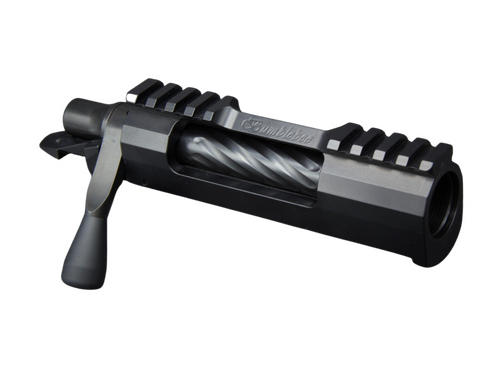
Bat Machine
Here is a an overview of how BAT Machine started. We hope you enjoy looking back as much as we did putting it together!
It all started with a kid and his love for firearms, a mother that would not let him own one and a father that could fix anything. So what is a kid to do… just make his own!
In the beginning this involved stocks made from scrap 2×4’s, copper pipe barrels, nails for triggers, and a lot of imagination to make it “shoot”! A few years later he started using the tools available (bench grinder, hack saws, hand drill and files) to recreate firing control systems seen in other rifles. During this time he also built a complete working Violin and many knives. His first working firearm was a 22 rimfire break open pistol (as drilling more than 10 inches with a hand drill was out of the question). After showing some local gunsmiths his creation, he discovered that he could purchase barrel blanks, so he turned it into a rifle. Needless to say, it required careful muzzle control when loaded as the gun had a light trigger!
Soon after this, he learned there were machine tools that made building parts much easier. Following this, he registered for the machine shop class at his local high school and purchased a lathe that he put in his parent’s basement! Since milling machines were out of his budget, he decided to build his own. It took him about a year and a half to build the machine, but afterwards he was able to make the parts he needed at home!
At first he built a few bolt action rifles but soon moved to building falling blocks. After high school, he went to Spokane Community College for Machine Shop. Once graduated, he went to work for Fleck Co. in Auburn, WA. Here he learned precision machining at the highest level. During these years he made many falling block rifles for himself and customers. Soon he became aware of the Benchrest discipline. Benchrest shooters were in need of better actions than what was available at the time. As a result, he started building bolt action rifles again. By 1996 he could no longer keep up with these action orders working only after hours and on the weekends. He finally decided it was time to quit his day job building molds and started building actions full time!




